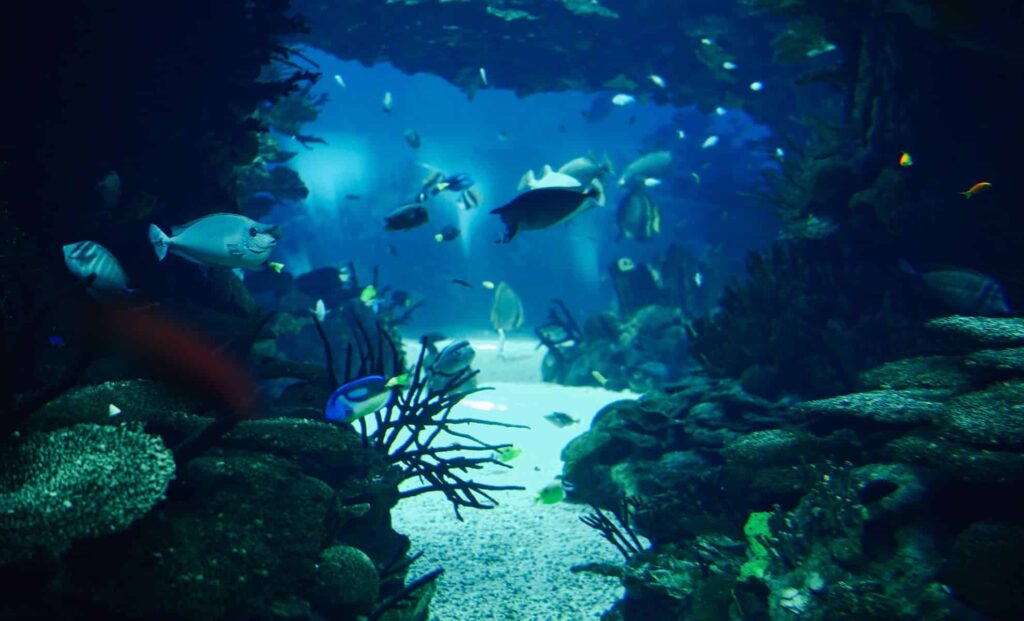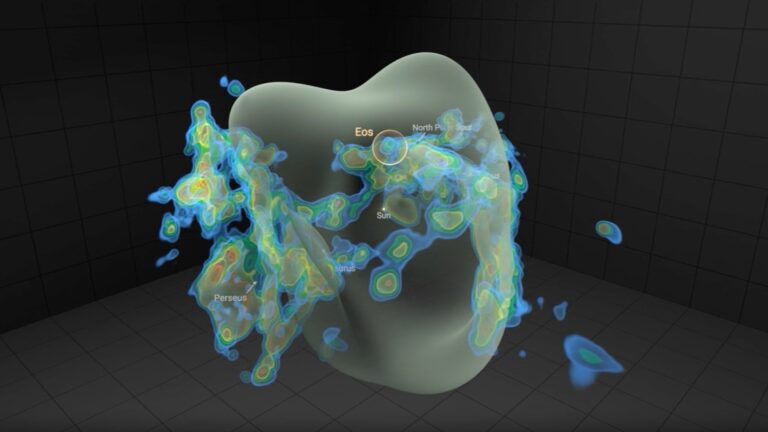
Deep-sea Footage Captures Grotesque Parasites Latched Onto Rattail Fish – The Daily Galaxy
2025-04-25T18:00:00Z
A deep-sea fish swimming near Antarctica has been caught on camera hosting two bizarre parasites with long, pig-tail-like egg sacs. What scientists discovered at nearly 1,600 feet below the surface is both unsettling and fascinating.
Filmed by the Schmidt Ocean Institute, the video reveals a deep-sea rattail fish with two parasites clinging to either side of its head. The parasites are Lophoura szidati, a type of bloodsucking copepod, partially embedded in the fish’s flesh as they feed on its muscle tissue.
Parasites With Pig Tails Discovered At 1,600 Feet Below The Surface
The rattail fish, belonging to the genus Macrourus, was spotted at a depth of 1,604 feet (489 meters) near the remote volcanic islets of the South Sandwich Islands in the South Atlantic Ocean.
These deep-sea fish, also known as grenadiers or rattails, inhabit cold oceanic waters from the North and South Atlantic to the Southern Ocean. Characterized by their large heads and slender tails, Macrourus species thrive in dark, high-pressure environments, at depths ranging from 1,312 to 10,450 feet (400 to 3,185 meters).
In this rare encounter, the fish carried a pair of female L. szidati, easily identified by the long, dangling sacs attached to their bodies.
These sacs contain hundreds of developing eggs, giving the parasites a bizarre, almost ornamental appearance that belies their biological purpose.
Credit: Schmidt Ocean Institute
Mesoparasitic Behavior That Leaves A Permanent Mark
The parasites are what scientists describe as mesoparasites—organisms that live partially inside and partially outside their host.
According to James Bernot, an evolutionary biologist at the Smithsonian National Museum of Natural History, “They feed on blood and fluids from their host using their scraping mouth parts that are embedded in the muscle of the fish.”
In the footage, the copepods’ heads are buried deep within the fish’s tissue, while their posterior sections protrude, carrying the egg sacs. These anterior holdfasts act as anchors, allowing the parasites to remain attached as they grow.
Even after they die, Bernot noted that “remnants of the embedded head can still be found in their host for many years,” a haunting legacy of their parasitic life cycle.
Rare Insight Into Antarctic Marine Parasitism
While deep-sea parasitism is a known phenomenon, encounters in Antarctic waters remain exceptionally rare. The L. szidati copepods are among the most common parasites found on Macrourus species in this part of the ocean, but direct observation of their attachment and reproductive behavior is uncommon.
These creatures are believed to latch onto their hosts while still in a larval stage, embedding themselves in the fish’s skin and beginning their slow transformation into fully developed parasites.
“Copepods are surprisingly good mothers for invertebrates,” Bernot added, explaining how they carry their” eggs in sacs attached to their body until the eggs hatch into swimming nauplius larvae that will molt through several larval stages and eventually go on to find their own host.”
This recent discovery provides valuable data about parasitic life in deep Antarctic waters—a realm still largely unexplored. It also adds a new layer to our understanding of marine ecosystems, where even the smallest, most alien-looking creatures play a significant role in the food chain.
Auto-posted from news source






